
Every day we hear stories about what we should and shouldn't eat to lose weight and avoid obesity. We can make the most of this advice as we see fit but when this is applied to our cats, things become a little more difficult. Simply cutting back on their potion sizes or getting them to have more exercise may not solve the problem and the weight gain could be a sign of a more serious health condition.
Weight basics
The basic principle of obesity in cats is the same as with humans, dogs or other animals. If they consume more calories per day than they use, they will likely put on weight. In the wild, cats would need to hunt their prey so for every meal they acquired, energy would be expended to do this. When we domesticated the cat, we took away the need for them to hunt, at least any further than for the kitchen cupboard or food storage spot.
While we humans can work to control the food we consume, cats are dependent on what we give them. And for many cats, when you present them with a meal, their instincts tell them to eat it, as you never know when the next one will come along - even though they do.
So therefore, we the owners can have the biggest effect on the weight of our cat by controlling the amount and frequency of the food we give them.
Weight loss
Before looking at a weight loss program for your cat, it is advisable to have a number of tests done to ensure they aren't suffering with a medical condition that is causing their weight problem such as diabetes or thyroid issues.
The first thing to look at is the availability of food. Many owners ensure that there is always food available to their cat to eat as they want but this is basically the opposite of what they evolved to do. In the wild, they would eat when they had caught something and then eat nothing else until the next time they had hunted prey. To combat this, it is advisable to limit the cat to two or four small portions of food each day.
The amount of food given per portion is another issue and may need owners to downsize what they consider to be a proper meal for their feline. For example, a meal for a human weighing 175 pounds might be 16-24 ounces. Your cat weighs around 1/25th of this so a portion size would be 0.6-1 ounce of food for a seven-pound cat - around the size of a mouse.
Carbohydrates
Unlike most mammals, cats don't have an enzyme in their spit called Amylase that helps them digest carbohydrates. The same enzyme is also secreted by the pancreas but cats only produce a small amount of this. As a result, they don't process carbohydrates very well and nature didn't intend for them to ever any.
At first, this wouldn't sound like a problem but the issue comes about when examining the ingredients of some cat food brands. Dry pet food makes use of flour and sugar to hold the ingredients together but means they are high in carbohydrates and can lead to weight gain.
What this means is we should concentrate our cats diet around meat, which is what they are designed to eat. Protein levels should be 35-45% of their dry matter in their diet with a low percentage of grains.
Treats
Using cat treats as a reward for behaviour or to give them something when they are looking for food is a common behaviour. But we need to watch ourselves with this as often behaviour we interpret as hunger is often just normal cat behaviour and nothing to do with the need for food. Also, cat treats are designed to be irresistible to cats and makes them hunger for more but often have a high amount of carbohydrates in them.
When dealing with treats, first don't reward bad behaviour by giving your cat a treat for meowing incessantly - this reinforces the noisy behaviour and encourages them to continue doing it. Only give treats sparingly to reward good behaviour and don't be pressured by your cat into giving in and providing extras.
Exercise
Giving a dog exercise is easy - link their collar to the leash and take them for a walk. With cats, this can be a little more difficult. Cats are often asleep and left to their own devices will spend most of the time napping. But a lack of stimulation will also lead them to the lazy option so the best way to get exercise is with interactive toys. The best toy is another cat, though this shouldn't be the reason for adopting another animal. But other toys including cat houses, cat shelves and the multitude of small toys that are readily available at least get them moving around and exercising.
Conclusion
The first step to dealing with cat obesity is to change our own behaviours - how we treat our cats, feed them and the stimulation we give them around the house. For some cats, it may be that there is little that can be done, particularly if they have a medical condition. But by instituting a few changes to their behaviour and eating habits, it may be that that wobble of fat around their belly can be gone in no time at all.
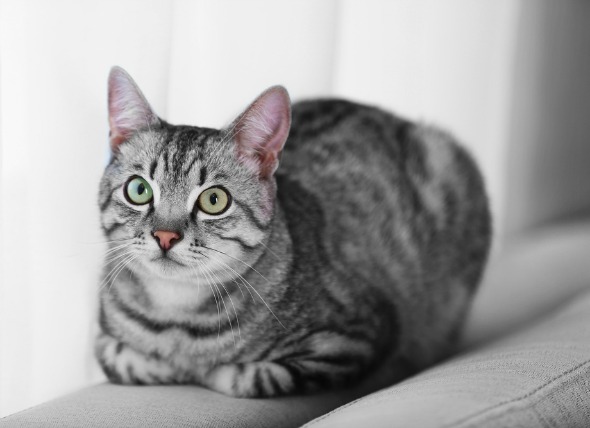 Nerve Disorder Affecting Multiple Nerves in Cats
Peripheral Neuropathy (Polyneuropathies) in Cats
Nerve Disorder Affecting Multiple Nerves in Cats
Peripheral Neuropathy (Polyneuropathies) in Cats
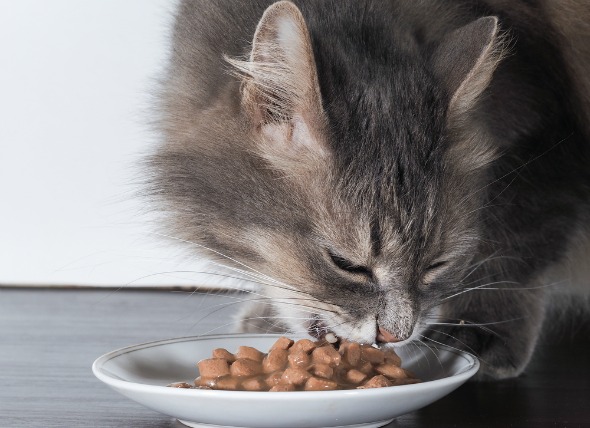 Low Blood Sugar in Cats
Hypoglycemia in Cats
The blood sugar, or glucose,
Low Blood Sugar in Cats
Hypoglycemia in Cats
The blood sugar, or glucose,
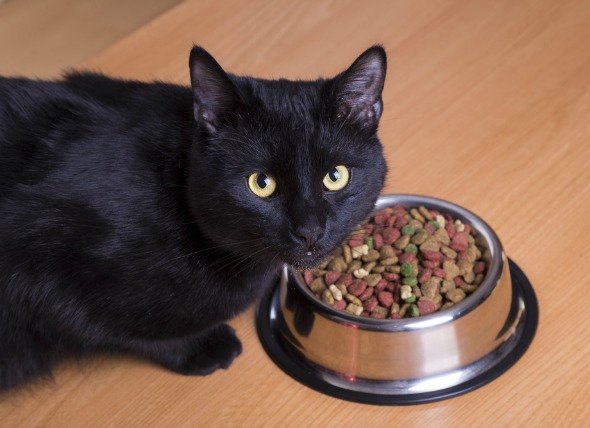 Skin Disease Due to Food Allergies in Cats
Dermatologic Food Reactions in Cats
While the pat
Skin Disease Due to Food Allergies in Cats
Dermatologic Food Reactions in Cats
While the pat
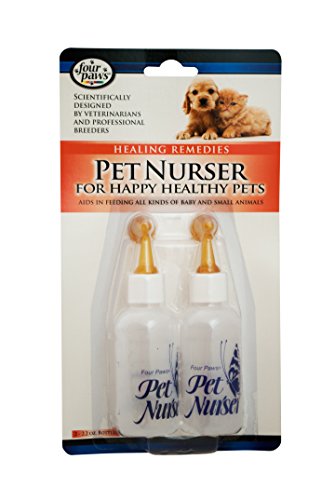 How to Take Care of Kittens
Credit: www.pixabay.com
How to Take Care of Kittens
Credit: www.pixabay.com
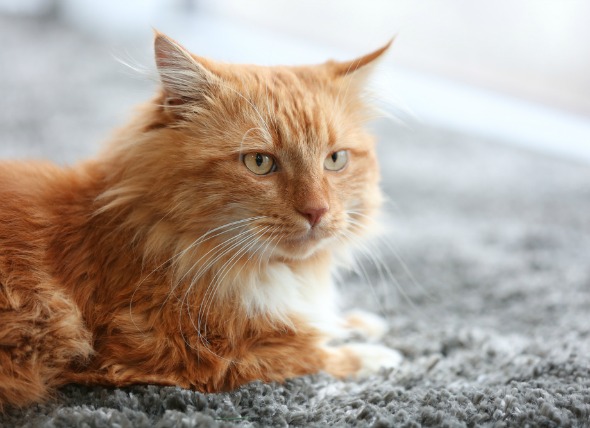 Acetominophen (Tylenol) Poisoning in Cats
Acetaminophen Toxicity in Cats
Acetaminophen is o
Acetominophen (Tylenol) Poisoning in Cats
Acetaminophen Toxicity in Cats
Acetaminophen is o
Copyright © 2005-2016 Pet Information All Rights Reserved
Contact us: www162date@outlook.com